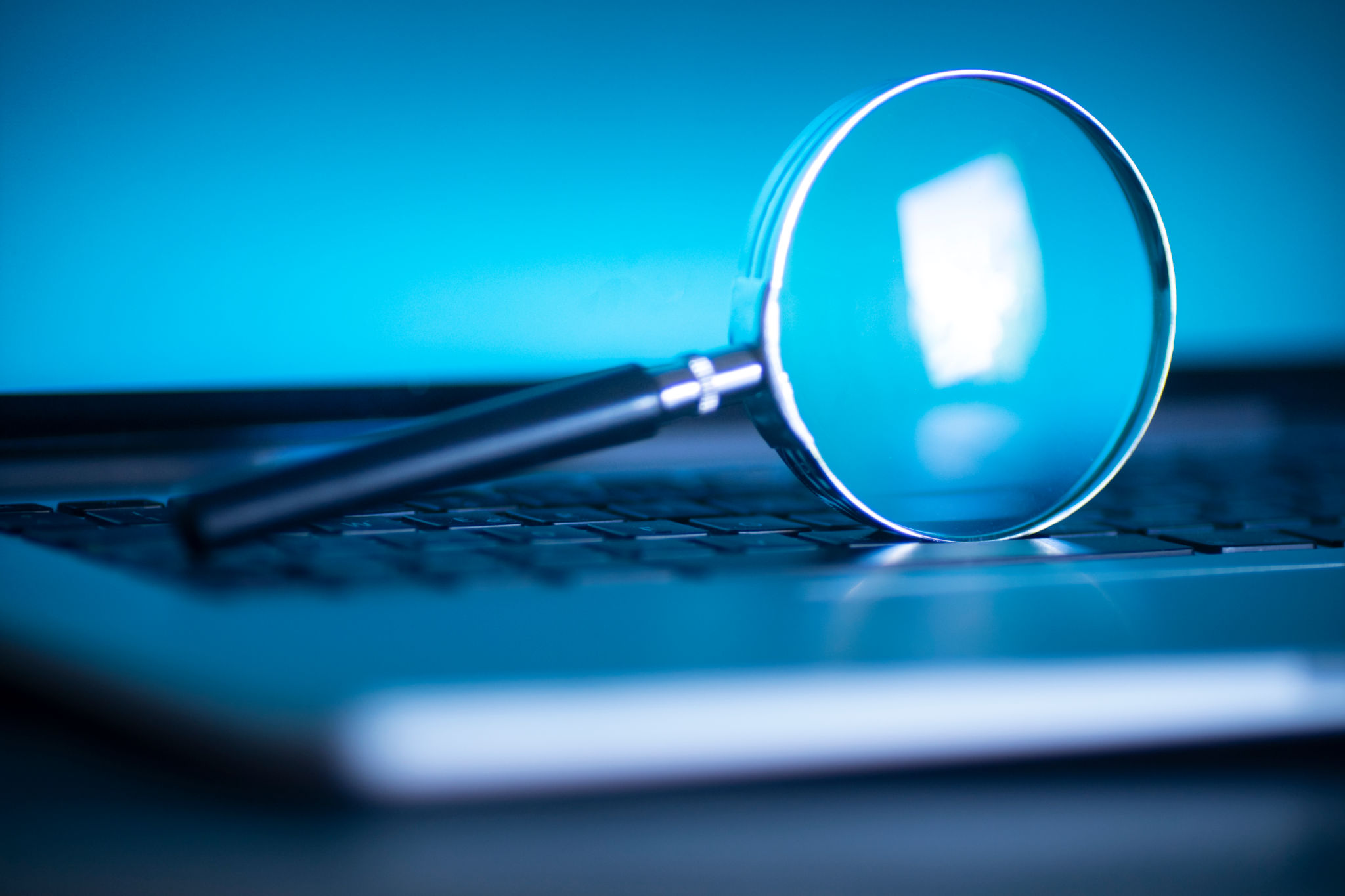Exploring the Latest Analytical Instrument Trends
Introduction to Analytical Instrumentation
In the ever-evolving world of science and technology, analytical instruments play a crucial role in research and development across various industries. These instruments are pivotal in analyzing complex data, ensuring quality control, and driving innovation. As we move into a new era of technological advancement, it's essential to explore the latest trends shaping this dynamic field.

Automation and Artificial Intelligence
One of the most exciting trends in analytical instrumentation is the integration of automation and artificial intelligence (AI). These technologies are transforming how data is collected and interpreted, providing faster and more accurate results. Automation reduces human error and increases efficiency, while AI algorithms can analyze vast datasets to identify patterns and insights that were previously unattainable.
Industries such as pharmaceuticals, environmental science, and food safety are leveraging these advancements to streamline processes and improve product quality. The combination of automation and AI is not just enhancing current capabilities but also paving the way for new applications in analytical science.
Miniaturization of Devices
Another significant trend is the miniaturization of analytical devices. Smaller, portable instruments are becoming increasingly popular due to their convenience and versatility. These compact devices allow scientists to conduct on-site testing and obtain real-time results, which is particularly beneficial in remote or challenging environments.

The miniaturization trend is driven by advancements in microfabrication techniques and materials science. Portable gas chromatographs, spectrometers, and other analytical tools are now more accessible to a wider range of industries, enabling more agile and responsive research practices.
Focus on Sustainability
As global awareness of environmental issues grows, there is a heightened focus on sustainability within the field of analytical instrumentation. Manufacturers are developing eco-friendly instruments that consume less energy and produce minimal waste. This shift not only helps reduce the environmental footprint but also aligns with the growing demand for sustainable practices across all sectors.
- Energy-efficient designs
- Use of recyclable materials
- Reduction in hazardous chemicals
Enhanced Connectivity and Data Integration
The Internet of Things (IoT) and enhanced connectivity are revolutionizing data integration in analytical instruments. With IoT-enabled devices, real-time data sharing and remote monitoring are now possible, allowing for more collaborative and informed decision-making processes. This connectivity ensures that data is seamlessly integrated into existing systems, improving workflow efficiency.

Moreover, cloud-based platforms are facilitating easier data storage and accessibility, ensuring that researchers can access critical information anytime, anywhere. This trend is making data-driven decision-making more robust and adaptive to rapid changes in various industries.
Conclusion
In conclusion, the landscape of analytical instrumentation is rapidly evolving with technological advancements that promise to enhance accuracy, efficiency, and sustainability. As automation, miniaturization, sustainability, and connectivity continue to shape the future of this field, industries must adapt to these changes to stay competitive and innovative. By embracing these trends, businesses can unlock new potentials in research and development, ultimately driving progress across multiple sectors.
